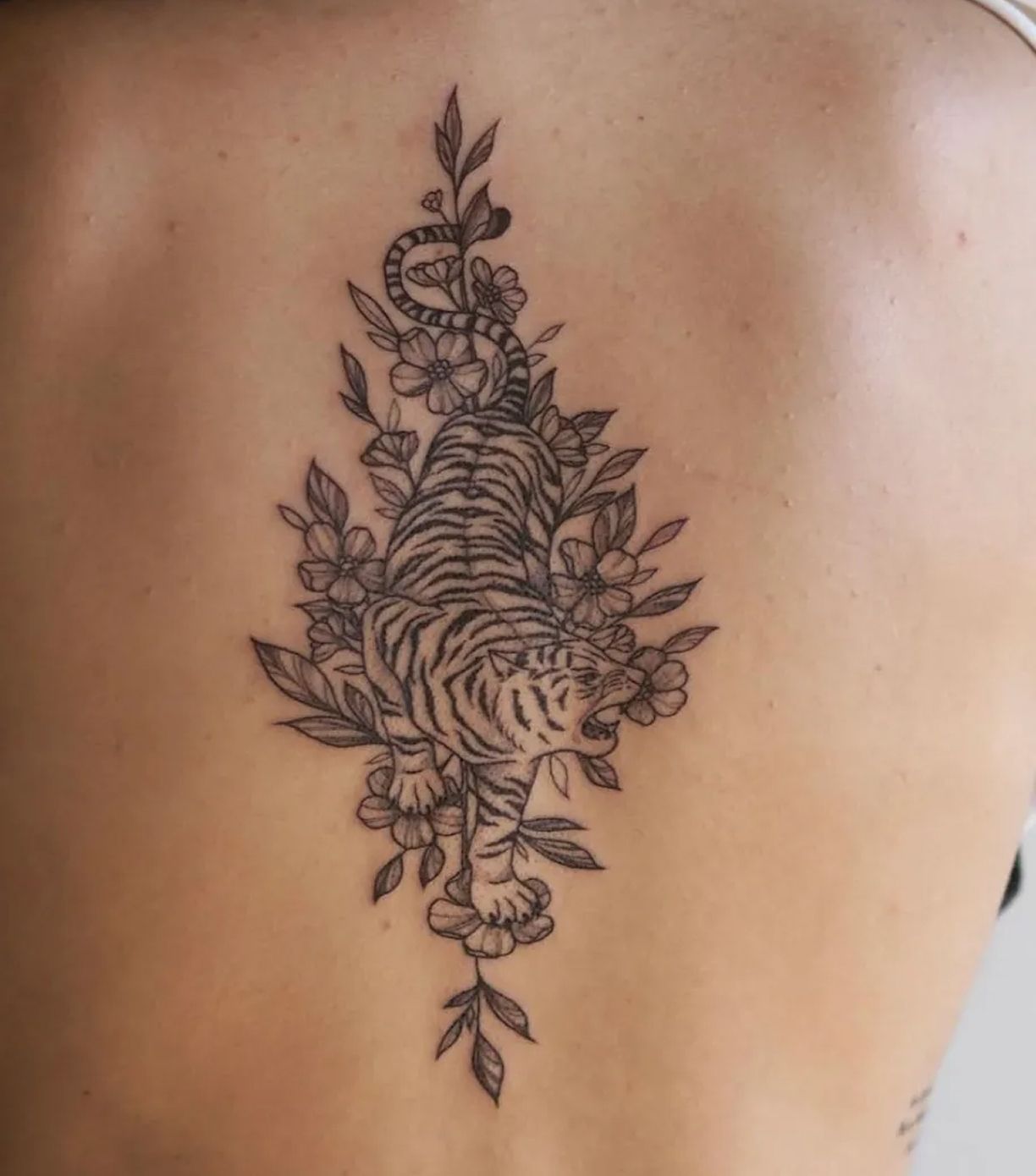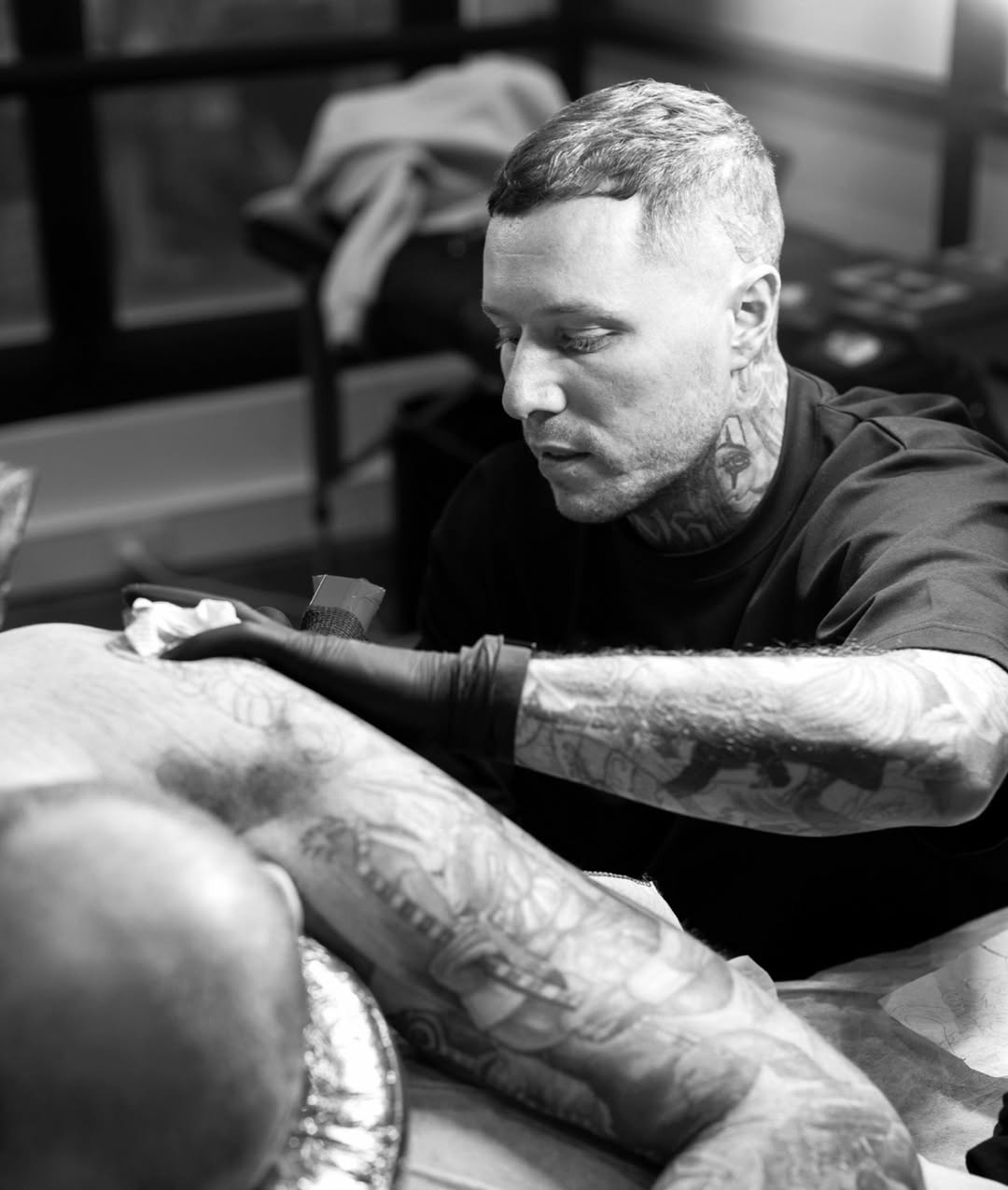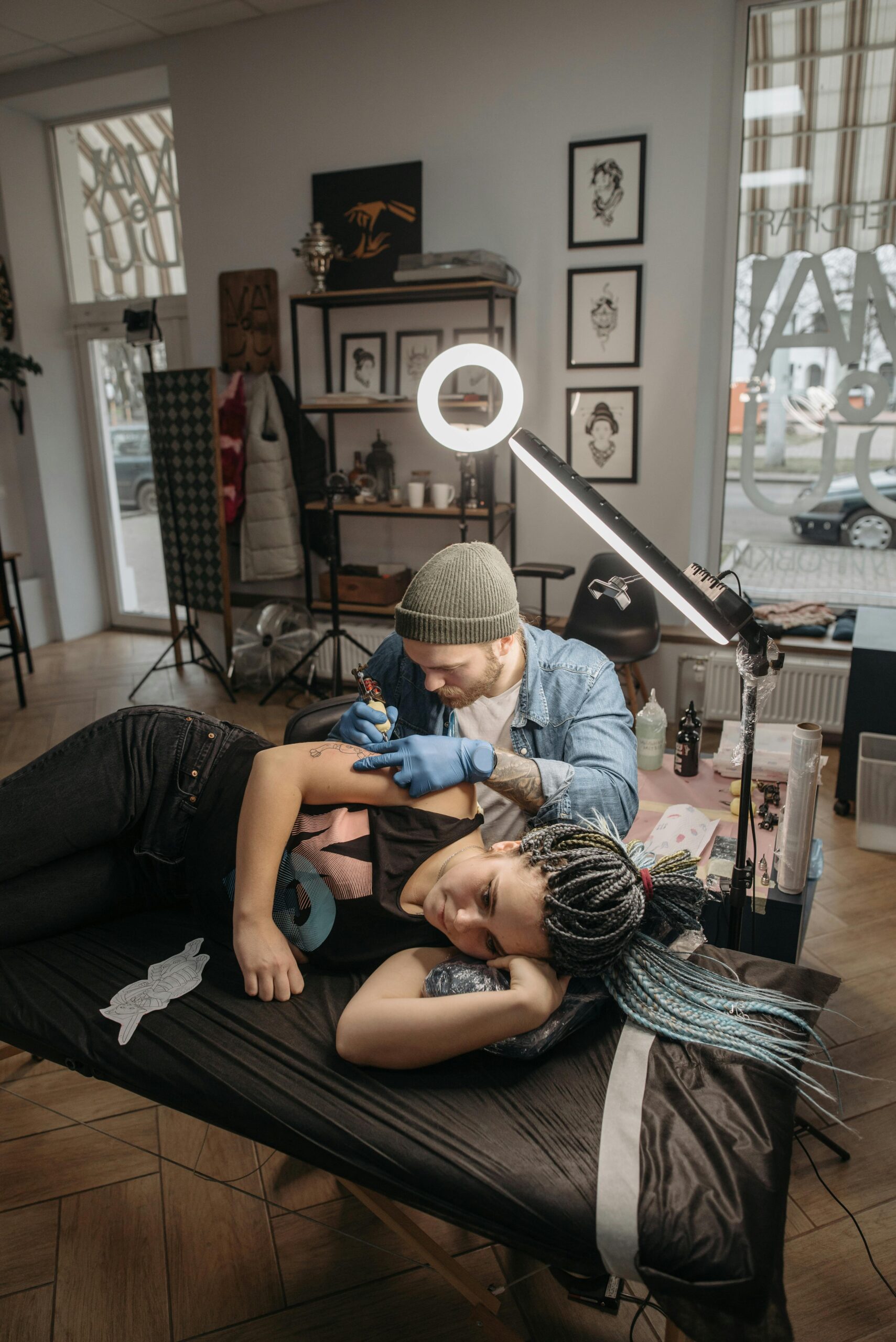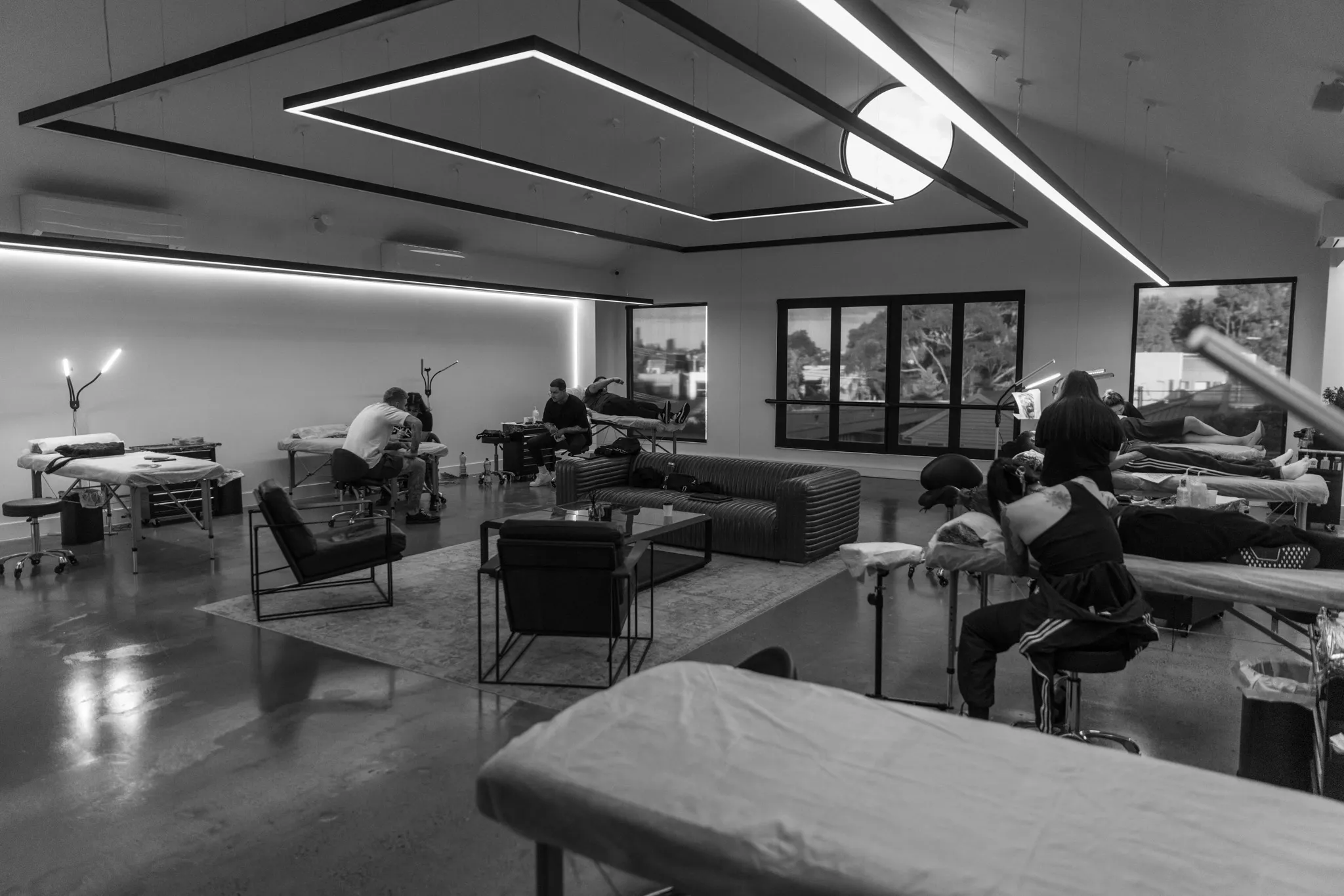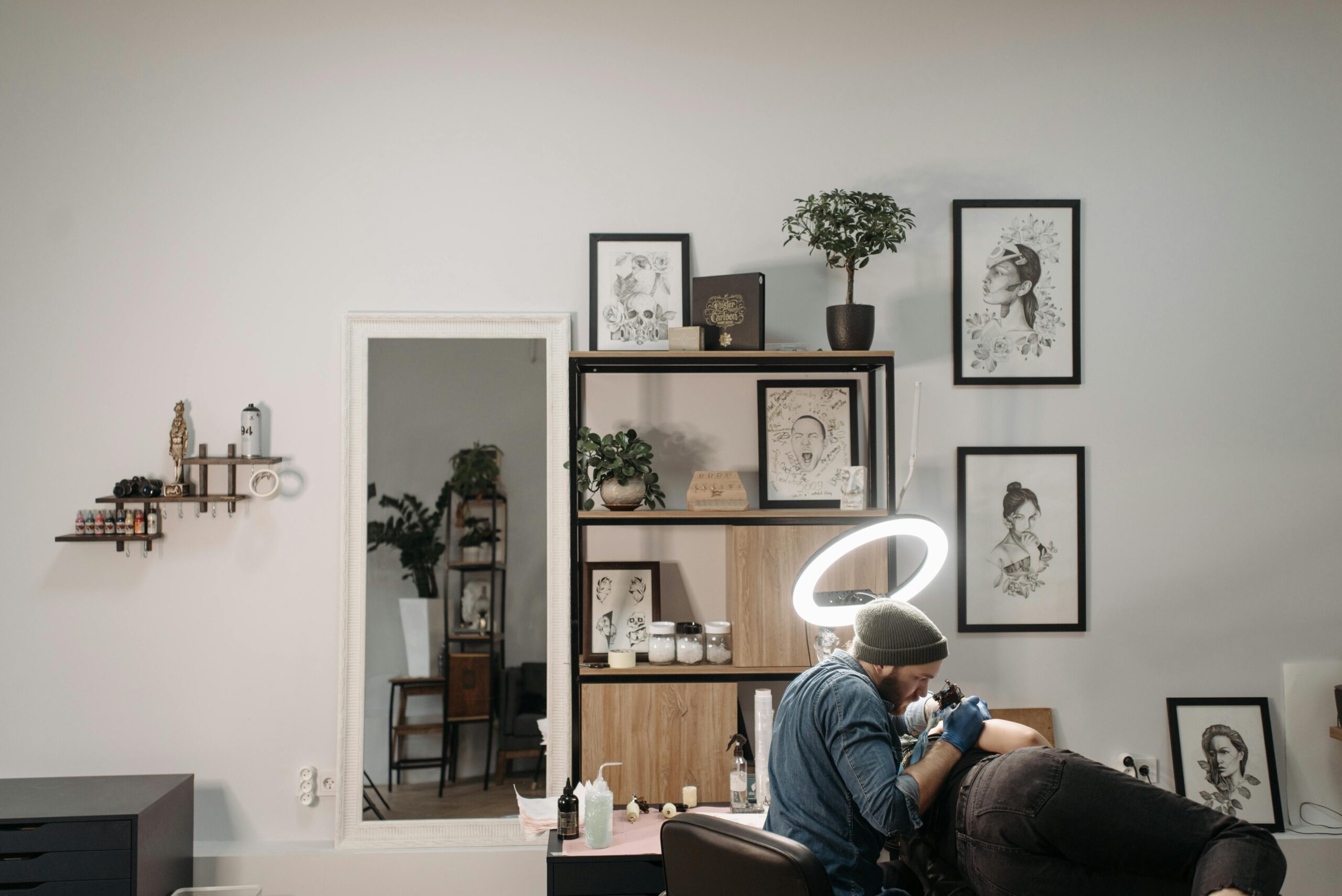Fine line tattooing has exploded from niche technique to mainstream obsession, fundamentally shifting what clients expect from modern tattoo artistry. Instagram feeds overflow with delicate botanical designs, minimalist geometric patterns, and subtle scripts that challenge traditional bold-line aesthetics. This isn’t a passing trend—it’s a permanent evolution in tattoo culture driven by changing demographics, workplace acceptance, and aesthetic preferences.
The demand for fine line specialists has created an extraordinary opportunity for artists willing to master this technically demanding style. Studios across Australia report months-long waiting lists for fine line artists while struggling to fill books for traditional work. Clients willingly pay premium rates—$150-$300 per hour—for artists who can deliver the subtle, sophisticated designs dominating Pinterest boards and celebrity skin.
A comprehensive fine line tattoo course provides the specialised training necessary to capitalise on this demand. Unlike general tattoo education that touches briefly on various styles, dedicated fine line training develops the specific technical skills, artistic sensibilities, and business strategies necessary for success in this lucrative specialisation.
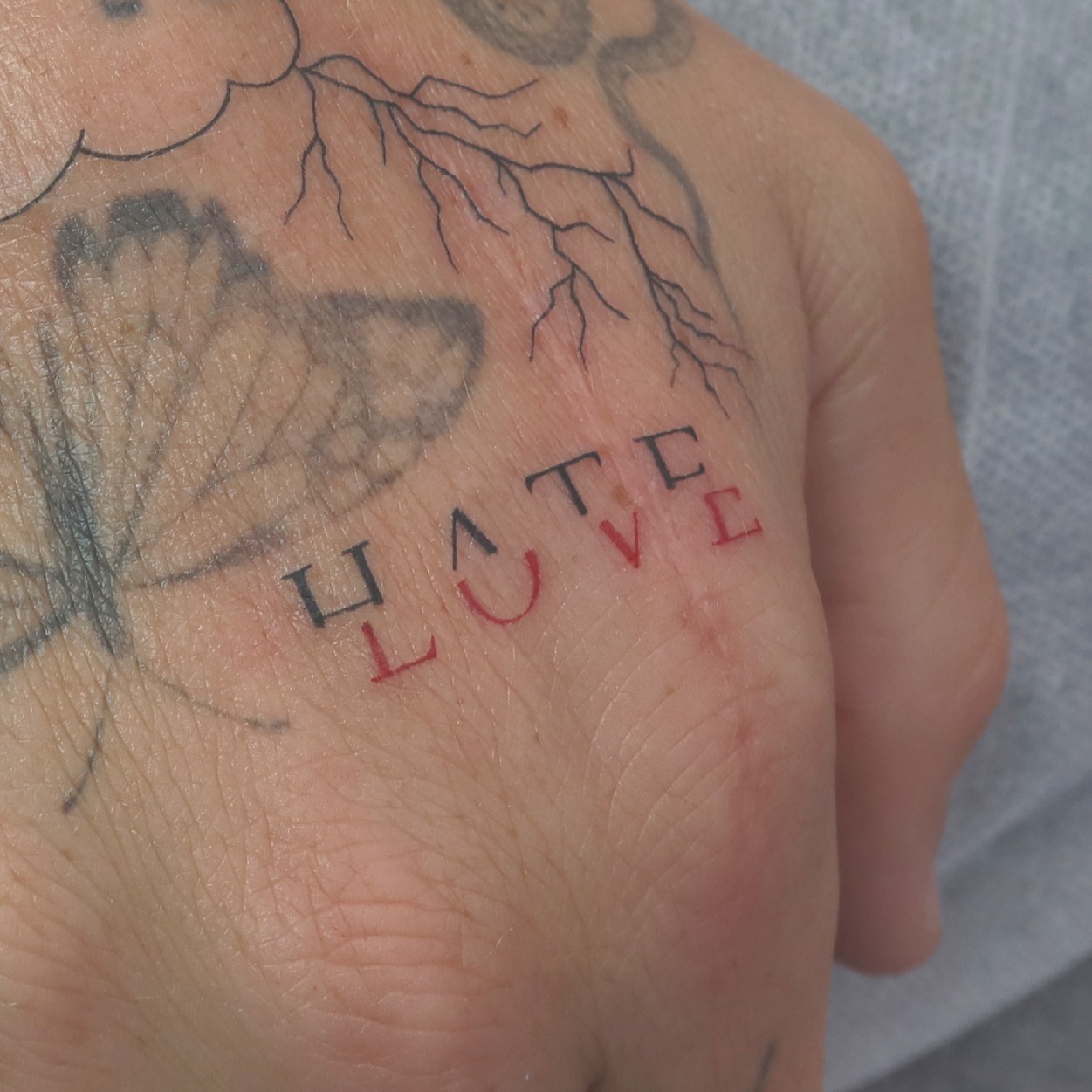
Why Fine Line Dominates Modern Tattoo Demand
The fine line phenomenon reflects broader cultural shifts toward minimalism, subtlety, and personal meaning over bold statements. First-time tattoo clients, particularly women aged 25-45 who represent the fastest-growing market segment [based on industry trend reports], overwhelmingly choose fine line designs for their initial tattoos.
Workplace acceptance has accelerated fine line adoption. These subtle tattoos easily hide under professional attire or remain so delicate they don’t trigger traditional corporate bias against visible tattoos. Professionals who would never consider traditional bold tattoos embrace fine line work as sophisticated body art compatible with boardroom presentations.
Celebrity influence cannot be underestimated. When influencers showcase their latest fine line pieces to millions of followers, demand spikes immediately. The style’s association with elegance and refinement rather than rebellion has opened tattooing to demographics previously uninterested in body art.
The technical challenge of fine line work has created scarcity that drives premium pricing. While many artists can execute bold traditional designs, the precision required for consistent fine line work eliminates casual practitioners. This skill barrier protects pricing and ensures specialists maintain premium positioning.
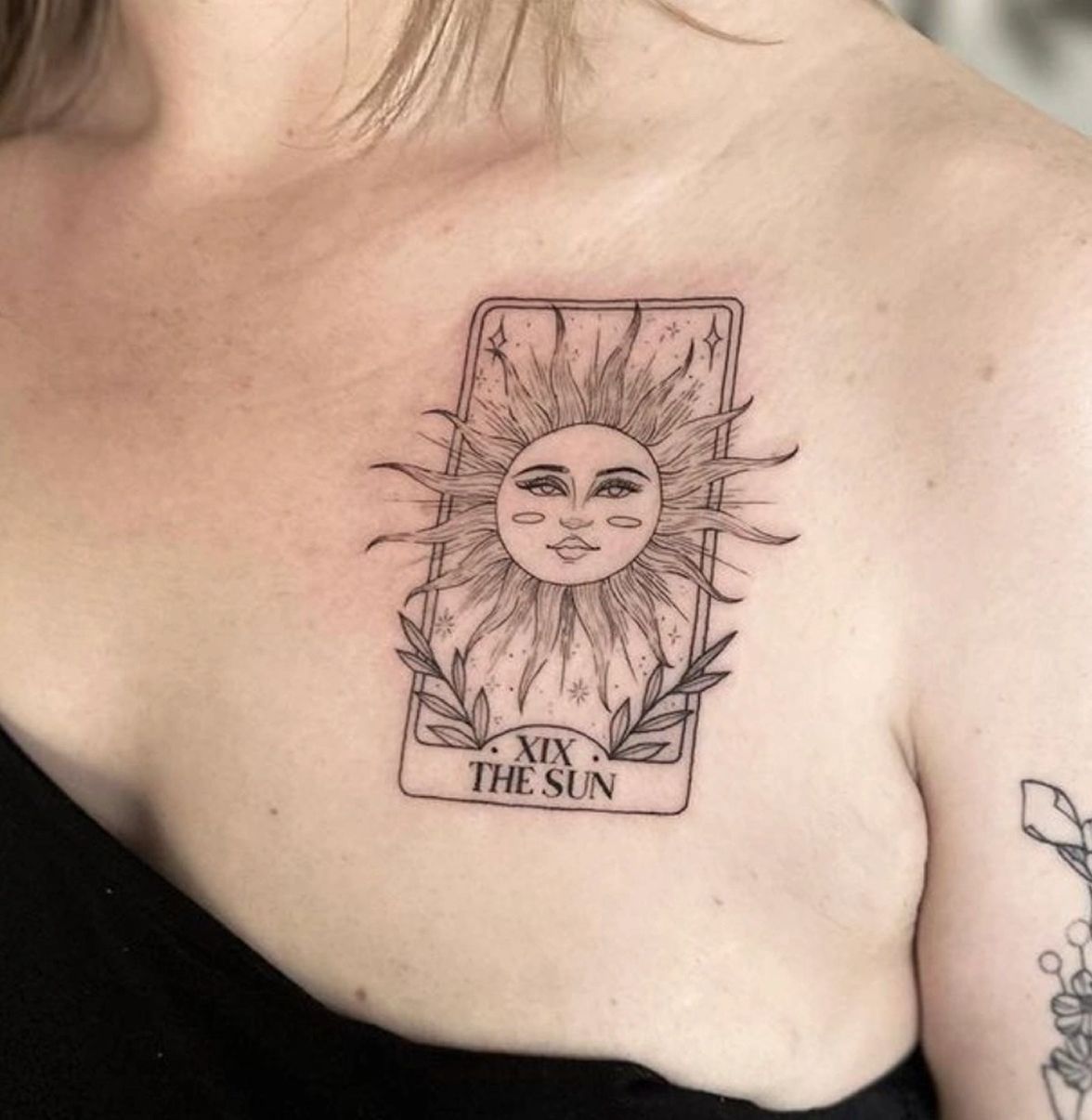
Technical Mastery: What Fine Line Courses Actually Teach
Fine line tattooing demands different techniques, equipment, and approaches than traditional tattooing. A specialised fine line tattoo course addresses these unique requirements systematically, developing skills most general courses barely mention.
Needle configuration for fine line work requires precise understanding of how different groupings affect line quality. Students learn why certain configurations create crisp, consistent lines while others cause blowouts or inconsistent healing. The relationship between needle depth, machine speed, and hand movement becomes critical when working with single needles or tight liners.
Machine operation for fine line work differs significantly from traditional tattooing. Omnia Tattoo Academy’s Fine Line Tattoo Course covers optimal voltage settings, hand positioning for maximum control, and stroke techniques that create consistent ultra-thin lines. Students master the delicate balance between sufficient depth for ink retention and shallow enough placement to prevent spreading.
Skin preparation takes on heightened importance when margins for error shrink to fractions of millimetres. Fine line courses teach advanced stretching techniques, optimal lighting positions, and preparation methods that create ideal canvas conditions for precise work.
Design adaptation for fine line execution requires rethinking traditional tattoo design principles. Students learn to simplify complex images while maintaining recognition, create depth without heavy shading, and design pieces that age gracefully despite their delicate nature.
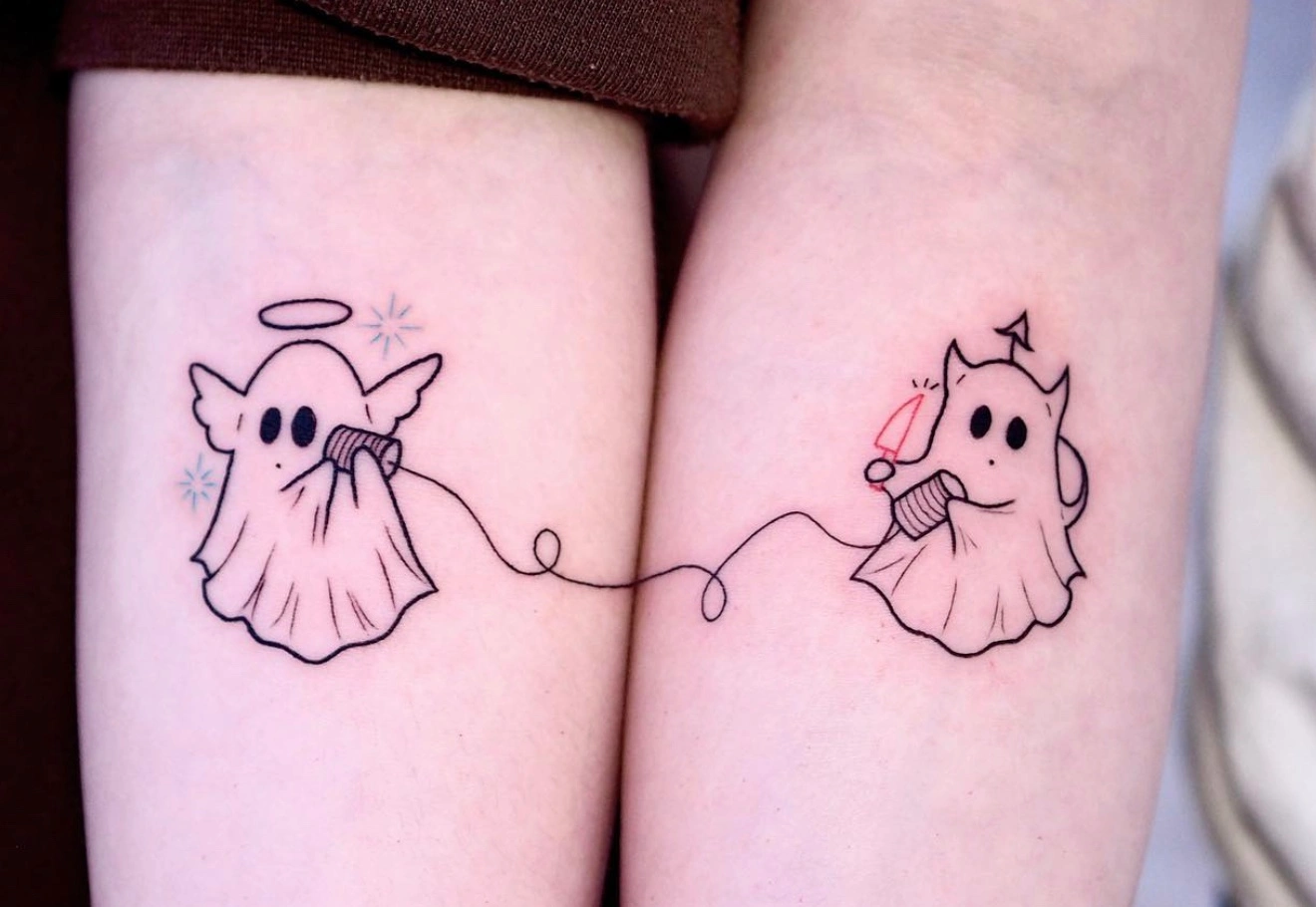
The Business Advantage of Fine Line Specialisation
Fine line specialists enjoy significant business advantages over generalist tattoo artists. The premium pricing—often 40-50% higher than traditional tattoo rates—reflects both technical difficulty and market demand. A fine line artist charging $200 per hour nets more profit from a two-hour minimalist piece than traditional artists earn from full-day sessions.
Client demographics for fine line work skew toward higher disposable incomes. Professional women, creative professionals, and style-conscious millennials represent ideal client bases with resources for regular tattoo additions and willingness to pay for quality. These clients also generate valuable referrals within their professional and social networks.
The Instagram-friendly nature of fine line work creates organic marketing opportunities. Every piece becomes potential viral content, with clients eager to share their subtle, sophisticated tattoos. A strong social media presence showcasing fine line work attracts inquiries from across Australia and internationally.
Fine line specialisation enables lifestyle business models appealing to modern artists. The higher hourly rates mean fewer working hours for equivalent income. Many fine line specialists work three days weekly while earning more than full-time traditional artists. This schedule flexibility attracts talented artists seeking work-life balance.
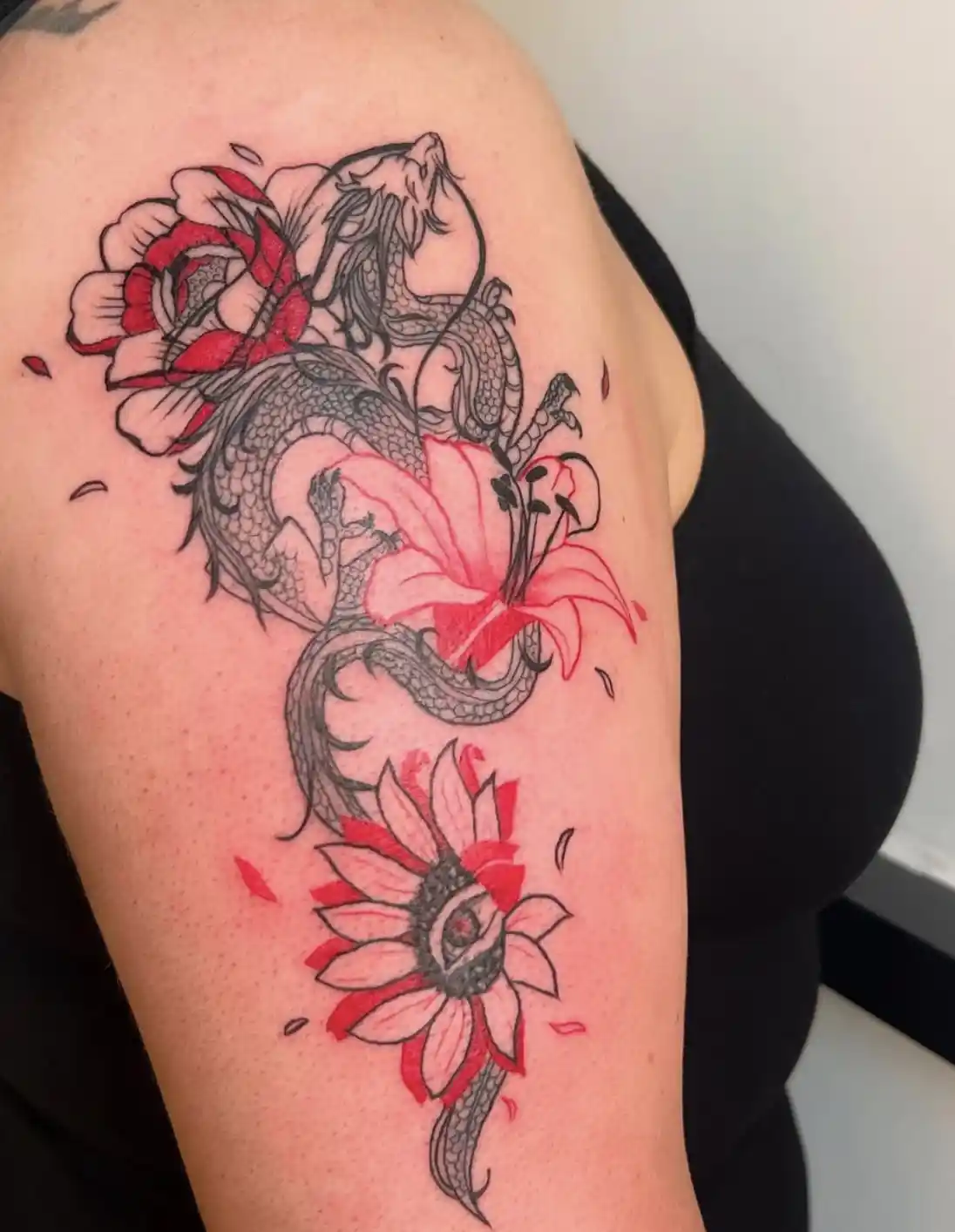
Building Your Fine Line Portfolio
A fine line tattoo course emphasises portfolio development from day one, recognising that visual demonstration of capability matters more than any certification. Students document their progression from basic lines to complex compositions, creating compelling narratives of skill development.
Practice progression follows a structured path: straight lines, curves, geometric patterns, botanical elements, script work, and finally complex compositional pieces. Each stage builds on previous skills while introducing new challenges. The systematic approach ensures comprehensive capability rather than scattered competence.
Photography skills specific to fine line documentation become crucial. The course teaches lighting techniques that capture delicate lines, angles that showcase precision, and editing methods that accurately represent work without distortion. Poor photography can make excellent fine line work appear amateur, while skilled documentation elevates even practice pieces.
Digital portfolio presentation receives equal emphasis with physical portfolios. Students learn to curate Instagram feeds, build professional websites, and create digital lookbooks that attract ideal clients. The online presentation skills developed during training translate directly to business success after graduation.
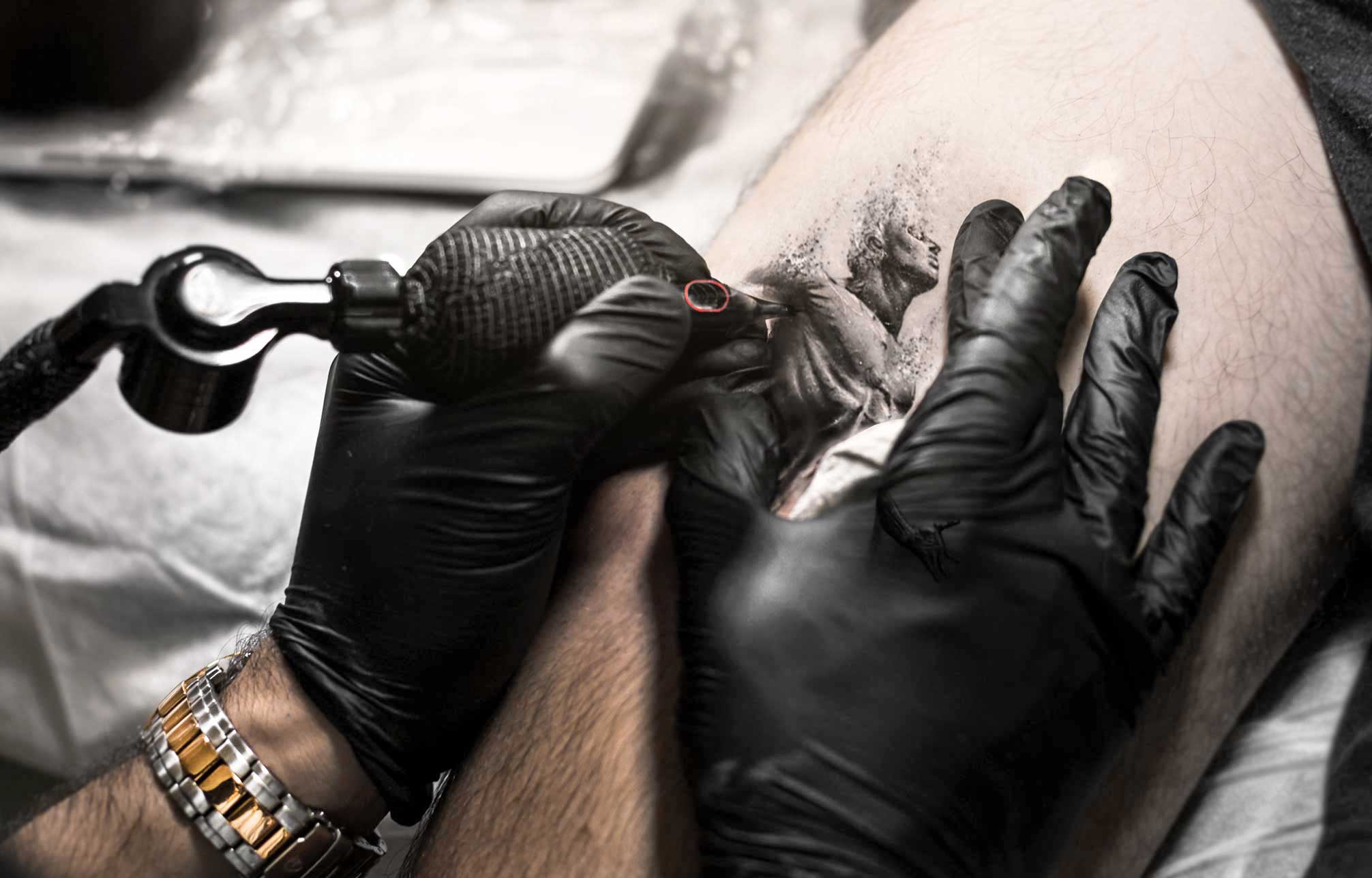
Career Opportunities for Fine Line Specialists
Fine line specialists enjoy diverse career paths beyond traditional studio employment. The specialisation opens doors to luxury spas, cosmetic clinics, and high-end beauty establishments seeking to add sophisticated tattoo services. These venues offer comfortable working conditions, professional clientele, and often higher compensation than traditional studios.
Private studio models work exceptionally well for fine line specialists. The intimate nature of fine line work suits quiet, focused environments rather than bustling street shops. Many specialists operate from converted home studios or shared creative spaces, maintaining low overheads while charging premium rates.
Guest spot opportunities abound for skilled fine line artists. Studios worldwide seek specialists to serve accumulated waiting lists of fine line requests. Guest spotting provides travel opportunities, exposure to different markets, and premium earning potential—often $1,000+ daily guarantees plus percentages.
Teaching and mentorship represent additional income streams for established fine line specialists. The demand for fine line education creates opportunities for course development, workshop instruction, and private mentoring at substantial hourly rates.
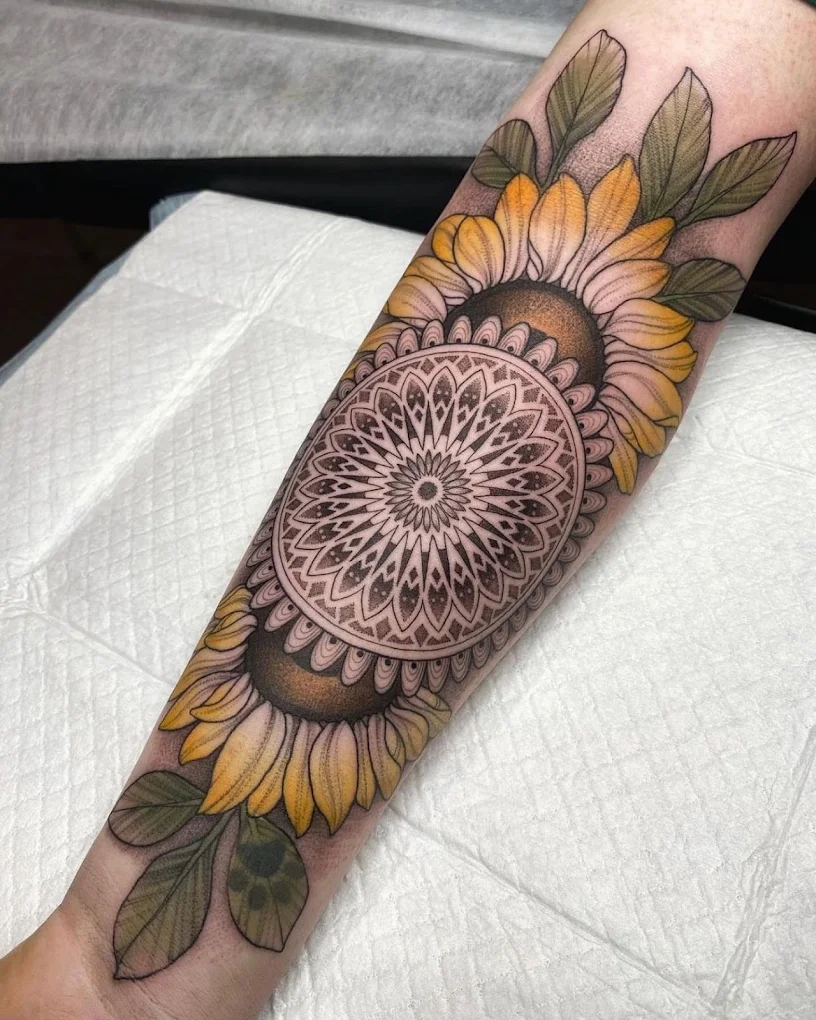
Your Path to Fine Line Mastery
A comprehensive fine line tattoo course transforms artistic interest into professional capability through structured education, practical application, and business development. The investment in specialised training returns quickly through premium pricing and steady demand that shows no signs of slowing.
The technical precision, artistic sensitivity, and business acumen developed through fine line training create sustainable careers in one of tattooing’s most rewarding specialisations. While trends come and go, the fundamental appeal of subtle, sophisticated body art ensures fine line tattooing remains profitable for decades ahead.
